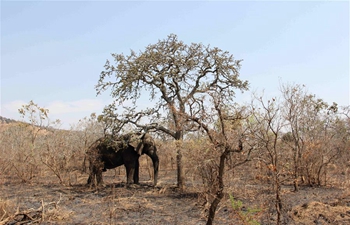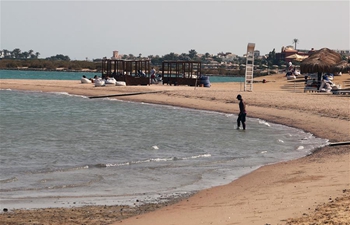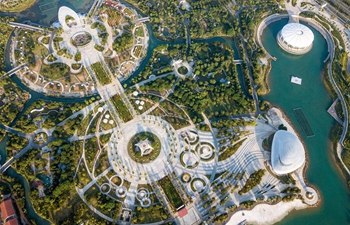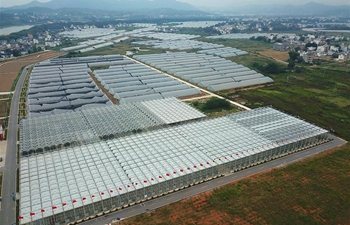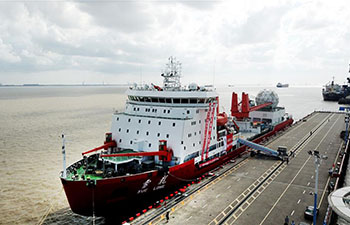WASHINGTON, Sept. 29 (Xinhua) -- The long-term viability of more than half of the world's killer whale population is in question due to persistent chemical pollution in the environment, a new study showed.
The study, published in the journal Science on Friday, focused on the poisonous chemical known as polychlorinated biphenyls (PCBs), which were once widely used in production of plastics, paints, electrical equipment and sealants.
Although PCBs have been banned by the United States and European countries for decades, they are still leaking into the ocean from landfills and other sources and have accumulated in the food chain of top predators like killer whales.
Researchers found levels of PCBs as high as 1,300 milligrams per kilo in the fatty tissue of some killer whales. Previous studies have shown that just 50 milligrams per kilo can cause infertility and immune system problems.
The situation is worst in the oceans around Brazil, the Strait of Gibraltar, the northeast Pacific and around Britain, the study said.
"This suggests that the efforts have not been effective enough to avoid the accumulation of PCBs in high trophic level species that live as long as the killer whale does," said Paul Jepson, co-author of the study from the Zoological Society of London.
"There is therefore an urgent need for further initiatives than those under the Stockholm Convention," Jepson said.
The Stockholm Convention on Persistent Organic Pollutants is an international environmental treaty signed in 2001.
Under the convention, to which 152 countries are signatories, all PCB use is due to be phased out by 2025.

